
copyright © Wartime Heritage Association
Website hosting courtesy of Register.com - a web.com company
Wartime Heritage
ASSOCIATION
Korean War
Remembering the Korean War, a brief history, the battles,
and Remembrance Pages of the casualties from Nova Scotia.
Telegraphist Air Gunners
The unique connection of Yarmouth, Nova Scotia, to the Telegraphist Air Gunners (TAGs) Fleet Air Arm, Royal Navy of World War II. Of the three thousand TAGs trained, five hundred seventy completed their training in Yarmouth at RCAF Station Yarmouth - East Camp.Our YouTube Channel
Wartime Heritage videos on our YouTube Channel Songs and stories of the war years shared with audiences across Nova Scotia, and in England by 440 Productions. The Channel contains some fifty-eight (58) videos of stage performances and video movie clips presented between 1994 and 2008.Our Facebook Page
Visit our Facebook page. Remembrance Pages, stories, articles, and photos relating to the war years posted daily.
The Wartime Heritage Association is a volunteer non-
profit organization committed to remembering
wartime heritage and history.
Stories, History, and Photos of the War Years
Sharing wartime history and personal stories, information, and photos of World War I, World War II, Telegraphist Air Gunners, and the Korean War.World War II
Remembrance pages and Information on Nova Scotia casualties from sources that include the Books of Remembrance in Ottawa, the Canadian Virtual War Memorial (Veterans Affairs), the Commonwealth War Graves Commission, the American Battle Monuments Commission, War Memorial, and other local sources.
Welcome To Our Website
World War I
The wartime history of Yarmouth, Digby, and Shelburne Counties of Nova Scotia, those who gave their lives in the service the nation and the men and women who served.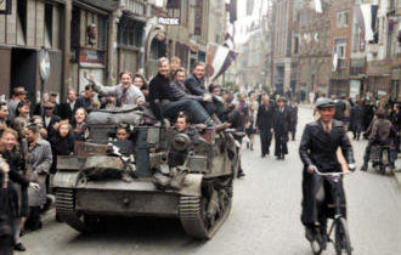
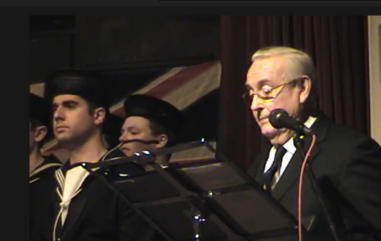

Follow us on:



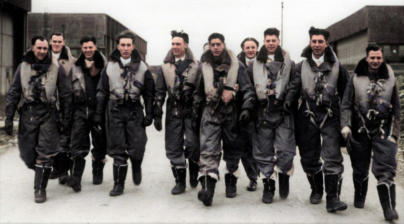
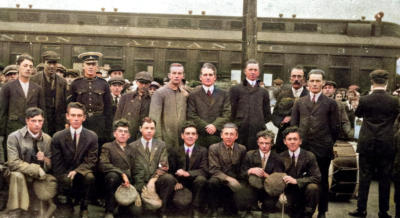
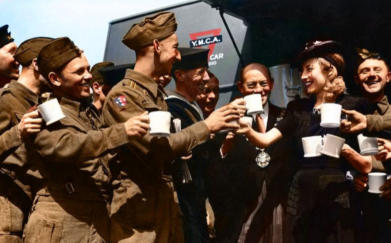
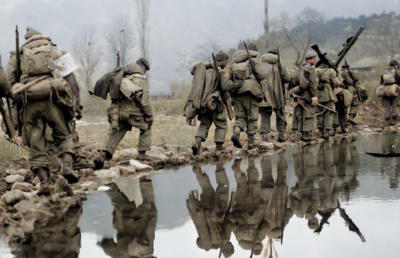
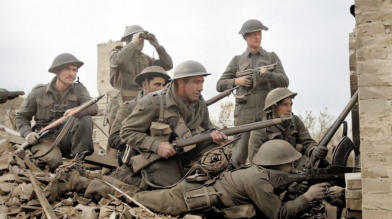
440 Productions
A history of the Public presentations of wartime stage musicals and videos of Wartime Heritage (440 Productions), picture galleries, and Nova Scotia and England tour information.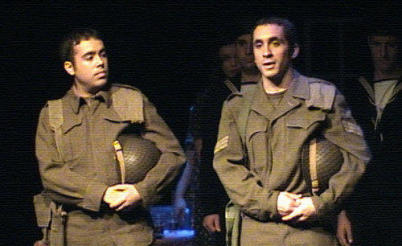
Explore the history of the war years, the unique wartime
history of Nova Scotia, the Remembrance pages of those
who served, the stories, the articles, and the photos. Use
the navigation bar or the search box to find specific
individuals or topics. Read about us, our initiatives and our
history. If you have a comment, information, or would like
to share wartime stories or photos on our website, please
contact us. Your support of our initiatives is always
appreciated
Vietnam War
Remembering the Vietnam War and Remembrance Pages of the casualties with connection to Nova Scotia.
Support Our Initiatives
If donating from Canada, you can send an
To: wartimeheritage@gmail.com
_______________________________________
Or from anywhere, with a credit card or bank
account, you can donate with:
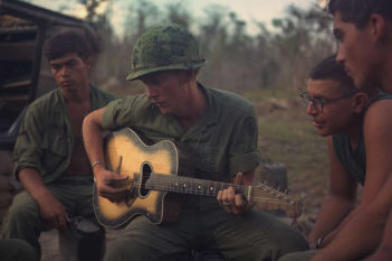

Remembering the casualties of the Merchant Seaman of
Nova Scotia, and those with no direct connection buried in
cemeteries of Nova Scotia


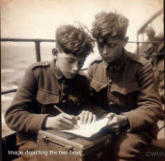
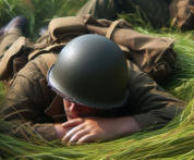
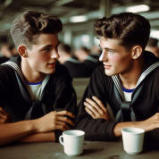
31 stories from Wartime
Heritage scripts and pages on
our website. Some stories
may be a mix of actual
persons and events and/or
fictional persons and events.

Latest Updates July 4, 2025


Monthly Featured Article
Remembering the Telegraphist Air Gunners
of RCAF Station Yarmouth - East Camp - WWII
During the Second
World War, the
coastal town of
Yarmouth, Nova
Scotia, played a
vital role in the
Allied war effort as
the site of RCAF
Station Yarmouth.
Established in 1940
under the British
Commonwealth Air Training Plan (BCATP), the station was
divided into West Camp and East Camp. While West Camp
focused on bomber reconnaissance operations for
submarine defense, East Camp developed into a critical hub
for training Telegraphist Air Gunners (TAGs) of the Royal
Navy Fleet Air Arm.
East Camp, situated near Chebogue Road in Arcadia,
spanned approximately 20 acres and featured more than 40
buildings constructed with local labor and materials.
Designed as a self-sufficient military outpost, it included
hangars, barracks, classrooms, mess halls, and recreational
areas, all tailored to meet the intense demands of
specialized aircrew training.
Telegraphist Air Gunners were a unique category of naval
aircrew who combined two essential wartime skills,
wireless communication, and aerial gunnery. Operating
mainly from the decks of aircraft carriers, TAGs maintained
radio contact with naval vessels and defended aircraft
against enemy fighters. Their ability to perform these dual
tasks made them indispensable in the complex and
hazardous environment of maritime aviation.
The training program at East Camp reflected a deep
collaboration between the Royal Canadian Air Force and the
Royal Navy. While British officers and instructors delivered
technical training, the RCAF was responsible for camp
operations, administration, logistics, and medical services.
The 10-month training curriculum focused on Morse code
proficiency, radio operations, weapons handling, naval
protocol, and flight experience in aircraft such as the Fairey
Swordfish and Avro Anson. Instructors and pilots hailed from
across the Commonwealth, including Canada, New Zealand,
and the UK, reinforcing the international character of the
mission.
From 1942 to 1945, East Camp successfully trained 570
Telegraphist Air Gunners, who later served in a wide array
of theaters, from the Atlantic convoys to the Pacific
campaigns. Their role was not without great sacrifice: 495
TAGs lost their lives, and 69 were captured as prisoners of
war.
Despite the intensity of their training, East Camp personnel
enjoyed recreational outlets and social connections with
the surrounding community. Local events, sports days,
dances, and summer outings, such as those at Braemar
Lodge, helped foster camaraderie and lasting friendships
between the airmen and the residents of Yarmouth.
When the war ended in 1945, East Camp was
decommissioned, and RCAF Station Yarmouth gradually
transitioned into a civilian airfield. Yet during its brief but
impactful wartime tenure, it had served as a linchpin in
Allied naval aviation training and stood as a symbol of
international cooperation, community support, and shared
sacrifice.
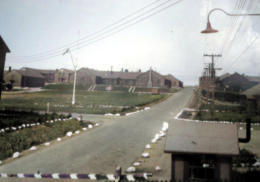
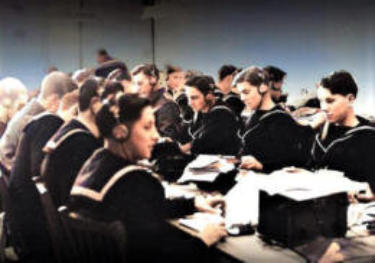
Learning Telegraphy
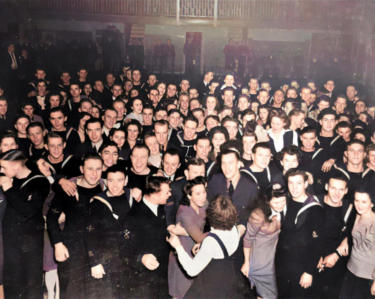
Dance at East Camp - December 27, 1944
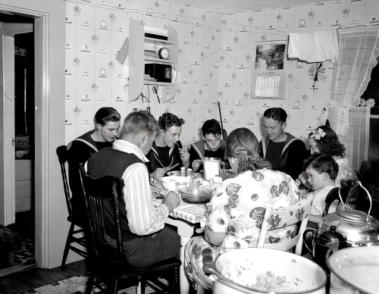
Enjoying a deer steak dinner as guests of the Crosby
family, Port Maitland, October 1944


- World War I - Menu
- WWI Stories and Articles
- Photos - Yarmouth Soldiers
- Selection of World War I Songs
- WWI Casualties of Yarmouth, NS
- Those Who Served - Yarmouth, NS
- WWI Casualties Digby Co. NS
- WWI Casualties Shelburne Co. NS
- Merchant Mariners (1915) Yarmouth, NS
- Canadian Forestry Corps - Non Yarmouth Birth/Residence Enlistments
- US Draft Registry - Yarmouth NS Born


- World War II - Menu
- WWII Stories and Articles
- Telegraphist Air Gunners
- WWII Casualties of Nova Scotia
- US Casualties with NS Connection
- Far East/Pacific Casualties with NS Connection
- Merchant Navy Casualties Nova Scotia
- Nova Scotia WWII Casualties Holten Canadian War Cemetery
- D-Day Casualties - Nova Scotia
- CANLOAN Program Casualties - Nova Scotia
- Battle of the Bulge Casualties - Nova Scotia
- WWII Casualties Yarmouth NS
- Yarmouth Casualties - RCAF RAF Canadian Army WWII
- Yarmouth Co., Marriages WWII
- Casualties Non-Born/Residents with Connection to Yarmouth Co., Nova Scotia.
- WWII Casualties Digby Co., NS
- Non-Nova Scotian WWII Casualties Buried in Nova Scotia
- WWII RCAF Casualties Aged 16-18
- Brothers/Sisters Who Served - World War II













